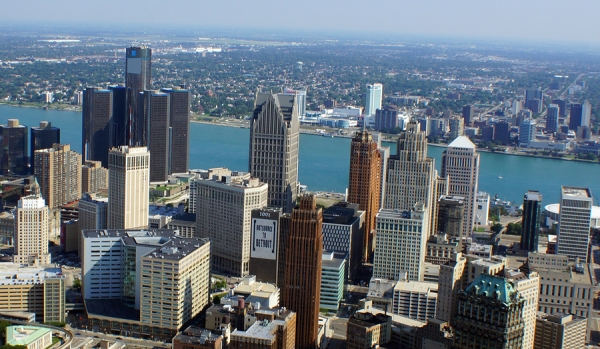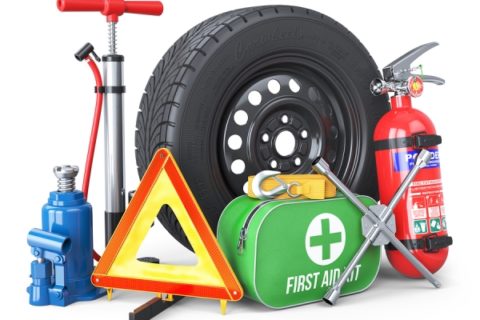A Brief History of Motor City
Detroit has long been known as the Motor City, but how did the city earn its nickname and what does it really mean? Today Detroit is home to more than four million people, but the city had humble beginnings.
The Motor City was founded in 1701 by French explorer Antoine de la Mothe Cadillac and was captured by U.S. forces in 1796. Detroit would come to be known as the Motor City due to its association with the automotive industry.
There are a variety of reasons that Detroit was a good location for the industry. The city is close to major centers of iron, coal, and copper mining, and is easily accessible by land and water. The first auto manufacturing plant in Detroit was opened in 1899, and Henry Ford founded the Ford Motor Co. in the city in 1903.
During the early 20 th century there were some 125 auto companies in Detroit, including the “big three” of Ford, General Motors, and Chrysler. Ford introduced the famous Model T in 1908, and in 1914 the “five-dollar day” was introduced, which dramatically increased pay for automotive workers.
People flocked to Detroit from across the United States as well as other countries just for a chance to work in the auto industry. By the mid-20 th century, one in six working Americans were employed either directly or indirectly by the auto industry.
During the Great Depression, the United Automobile Workers union battled to gain recognition from auto producers. After violence and lots of patience, the big three offered generous wages to their workers, which included benefits. By the 1940s, auto workers became some of the best-paid laborers in the country.
Detroit’s economy improved and featured many first time homebuyers. Many workers were even able to purchase lakeside summer cottages, leading to the rise of blue-collar resort towns around Michigan. Around the time of the 1950s, the auto industry was at its peak.
The honeymoon would not last forever, as auto companies started to decentralize production and build new plants in suburban areas, looking for places to hire low-wage workers. Technology was used to create automation which replaced several assembly-line jobs. The Dodge Main plant lost nearly 90% of its workers, going from 30,000 to just a few thousand.
While Detroit remained the Motor City, times got tough and in 2008 President Bush earmarked more than $17 billion to bailout GM and Chrysler, who both filed bankruptcy a year later. The city and its automotive industry are working on making a comeback to the glory days that they once enjoyed. Fast Eddie’s is proud to have multiple locations in Michigan. Visit us today for a car wash, oil change, or preventative service.



